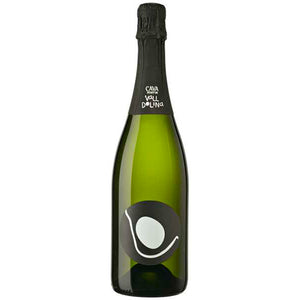
Vall Dolina
The history of Can Tutusaus is as long as a Catalan church book. The first building of the winery was located in the Garraf highlands in the middle of orchards until 1729, when the then owners built a building suitable for wine production in the center of a nearby village. The operation continued on a small scale from one generation to the next and from one century to the next. Joan Badell i Badell started making and bottling wines on the farm in 1986, while her grandfather was still selling the grapes he cultivated to other producers in the area. Since then, Vins i Caves Tutusaus has been producing artisan DO Cava-classified sparkling wine, which is gaining fame around the world.
At the turn of the millennium, Joan's son, Raimon Badell Rosés, now in his 40s, started running the estate, and for the first time in 1999, he obtained an organic certification for the vineyards. This was easy, because neither his father nor his grandfather ever used herbicides or pesticides when toiling in the orchards. The low-pH soil of the Massís del Garraf region consists of limestone and reddish clay, producing richly acidic wines with yields half that of the rest of the Penedès. According to Raimon, the vines don't see the sea, but they feel it, which also tastes like freshness in the region's wines.
Tarhoja owns about 10 ha on the farm, and the farm's winery could not even make more wine. Half of the farm's production is cava and the rest white, rose and red wines. Winemaking is defined by tradition and craftsmanship: for example, the dancing and recorking of cava bottles is done by hand, just like in Champagne in the era that preceded the triumphal march of automated top technology. Raimon changed the farm's producer name to Vall Dolina as it suited Spanish consumers better than the Tutusaus name.
Let's face it, the self-employed Lord has an incredible work ethic and has his hands full every day of the year. He has his wife Anna and one employee to help him. However, it is primarily about a lifestyle, rather than a business. When you compare Vall Dolina's wine production with the giants of the region, whose annual production is on the better side of 120 million sparkling bottles, you can only wonder how the house's products have been able to be priced so competitively.
The farm's annual production is around 60,000 bottles. The producer has an organic certificate.



